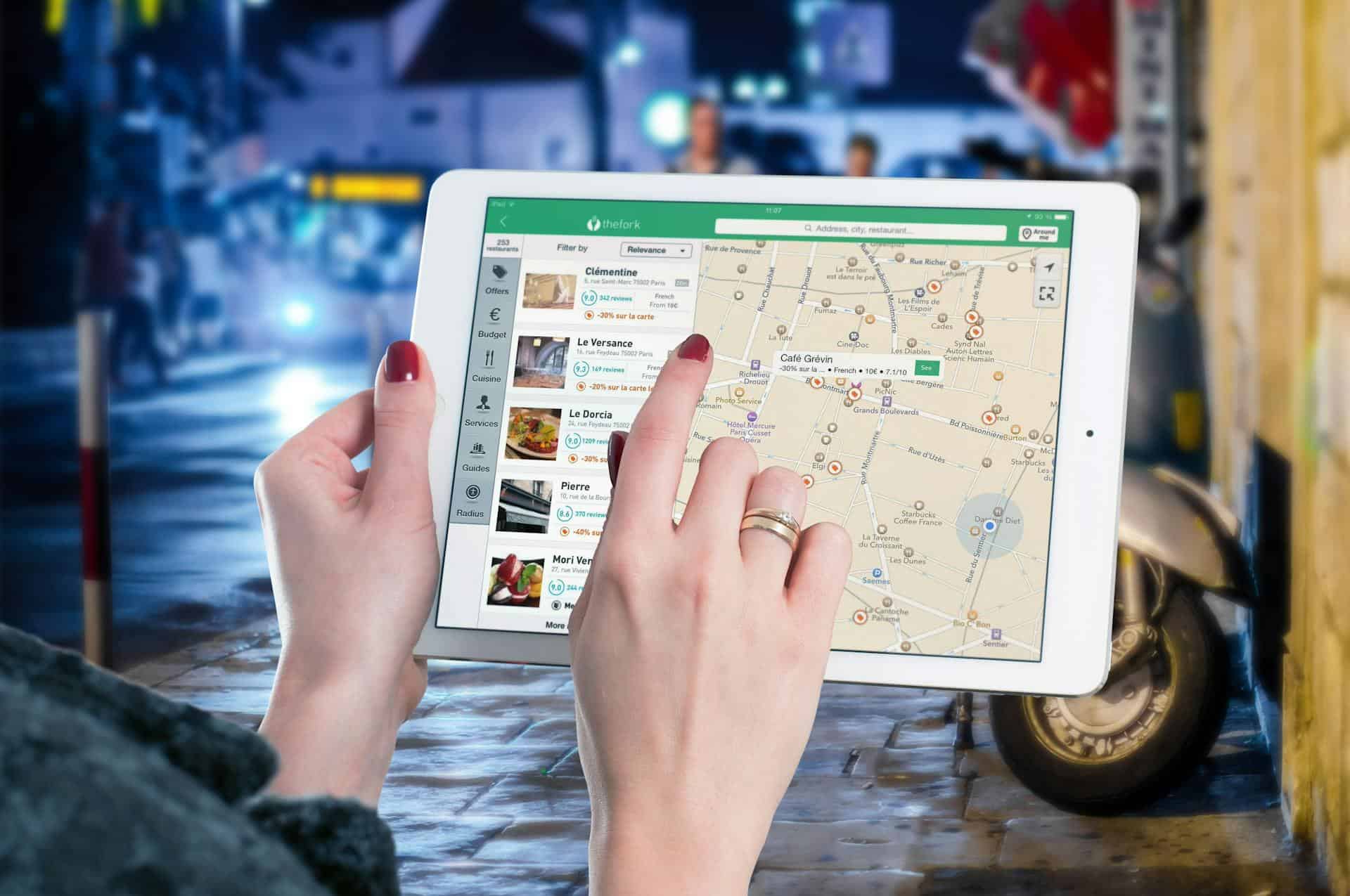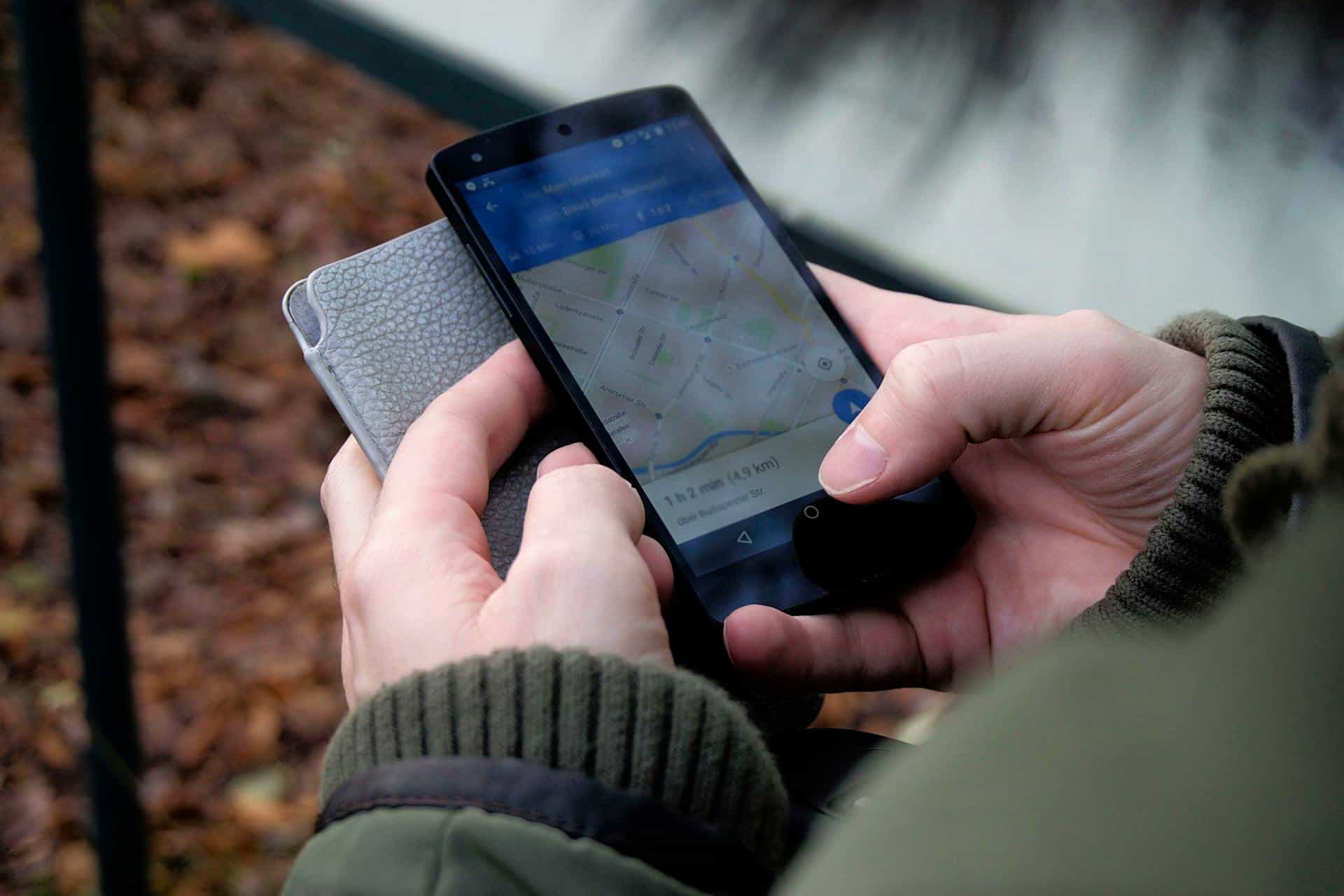Smart mapping has become an essential tool in optimizing travel and resource allocation across various industries. Historically, mapping tools were limited to basic roadmaps and static geographic data. However, with the rise of GPS technology and real-time data analysis, smart mapping has evolved to offer dynamic, interactive maps that can track, analyze, and predict travel routes and resource use. Today, businesses and organizations use smart mapping to streamline logistics, improve operational efficiency, and save costs. By integrating data from traffic patterns, weather conditions, and real-time travel data, smart maps help optimize travel routes, ensure timely deliveries, and manage resources more effectively. The ability to visualize and track resources in real time has made a significant impact on industries like transportation, delivery services, and urban planning, ensuring that operations run smoothly while minimizing waste.
Observation: Smart mapping technology is transforming the way we think about travel and resources. By using real-time data to guide decision-making, businesses can now save time, reduce costs, and improve customer satisfaction. This level of optimization is helping organizations become more efficient and environmentally friendly, all while ensuring smoother operations.

Understanding Smart Mapping
Smart mapping refers to the use of advanced technology to create dynamic, interactive maps that collect and analyze real-time data. Unlike traditional maps, which only display static geographic information, smart maps use GPS, sensors, and data analysis tools to provide up-to-the-minute insights on traffic patterns, travel routes, and resource availability. This allows businesses, transportation companies, and urban planners to make better decisions based on real-time information, improving efficiency and reducing waste. For example, delivery services can use smart maps to calculate the fastest routes, avoid traffic, and predict delivery times accurately. Additionally, smart mapping tools help in resource allocation by tracking the location and usage of assets, ensuring that resources are used optimally. As technology advances, smart mapping continues to evolve, incorporating features like predictive analytics, environmental data, and even artificial intelligence, making it an essential tool for improving travel and resource management across various industries.
Benefits of Smart Mapping
Smart mapping offers a range of benefits that help optimize travel and resource allocation. One of the most significant advantages is its ability to provide real-time data, which improves decision-making and reduces inefficiencies. For example, businesses in logistics can use smart mapping to track delivery vehicles and identify the quickest routes, avoiding delays caused by traffic or road closures. This leads to reduced fuel consumption, lower costs, and faster deliveries. In addition, smart maps allow companies to manage resources more effectively by monitoring inventory, vehicle locations, or other assets in real-time. This ensures that resources are used efficiently and helps avoid unnecessary waste. Smart mapping also plays a role in improving customer satisfaction, as it enables companies to provide more accurate delivery times and enhance service reliability. For individuals, smart mapping can assist with personal travel decisions, helping people avoid crowded routes or find the best paths for time-sensitive travel. In the context of storage and logistics, having access to smart mapping systems ensures that businesses can efficiently utilize storage space. For example, dependable self-storage at NSA Storage helps businesses by providing reliable, secure storage, while smart mapping helps determine optimal storage utilization and efficient delivery or retrieval schedules.
Facts: Studies show that companies using smart mapping technologies have seen up to a 20% reduction in operational costs due to improved route planning and resource management.
Improving Travel Efficiency
Smart mapping is revolutionizing how businesses and individuals optimize their travel routes. By using real-time data, smart maps can improve efficiency in many areas. For example, they can reduce travel time by finding the quickest, least congested routes, and prevent delays caused by accidents or traffic jams.
The main ways smart mapping enhances travel efficiency include:
- Identifying optimal routes based on traffic patterns
- Predicting travel times more accurately
- Recalculating routes in real-time to avoid obstacles
These tools help businesses save time and money by improving delivery schedules, while also reducing fuel consumption. For individuals, smart mapping offers convenience by providing faster and smoother routes, making travel more efficient and less stressful. Whether for deliveries or personal commutes, smart mapping ensures that travel is streamlined, saving valuable time while enhancing productivity.
Optimizing Resource Allocation
One of the key advantages of smart mapping is its ability to optimize resource allocation. By providing real-time data on the location and usage of resources, smart mapping tools allow businesses to make more informed decisions on how to allocate their assets. For example, companies in logistics can use smart mapping to track delivery vehicles, monitor inventory levels, and even assess the condition of equipment or vehicles in real-time. This helps ensure that resources are used efficiently and effectively, reducing waste and improving operational efficiency. Furthermore, smart mapping tools can assist in identifying underutilized resources, allowing companies to reallocate them where they are most needed. This helps businesses avoid unnecessary purchases and ensures that existing resources are being put to their best use. In addition to improving efficiency, smart mapping can reduce costs, as companies can plan operations more effectively, prevent overstocking, and avoid costly mistakes. For businesses that rely on physical space, such as warehouses or storage facilities, smart mapping can also optimize the layout and organization of storage areas, improving workflow and minimizing the time spent searching for items.
Research: A study by McKinsey & Company found that companies using smart mapping and real-time data analytics to optimize resource allocation saw an average of 15% improvement in overall efficiency and a 10% reduction in operational costs. These findings demonstrate the tangible benefits of integrating smart mapping into business operations for better resource management.

Real-World Applications
Smart mapping strategies can vary depending on the needs of the industry or the specific goals of a business. On one hand, route optimization software is highly effective for delivery services and transportation companies, providing real-time traffic data and adjusting travel routes to save time and fuel. However, these tools often require a continuous stream of real-time data, which can be costly and may not be available in rural or remote areas. On the other hand, resource allocation tools, which track assets such as inventory or vehicles, provide a more long-term approach to improving operational efficiency. While these tools may not offer the same immediate results as route optimization, they allow businesses to assess how their resources are being used and identify inefficiencies over time. The challenge with resource allocation tools, however, is that they can be complex to implement and may require specialized software or training.
Case study: A logistics company implemented both route optimization and resource allocation tools, finding that the combination resulted in a 30% reduction in delivery times and a 20% improvement in inventory management. The integration of both tools allowed the company to streamline operations, enhance efficiency, and cut costs, showcasing the value of using a combination of smart mapping strategies to achieve optimal results.
Driving Future Innovation
Smart mapping is driving the future of travel and resource allocation by continuing to evolve with technological advancements. As new data sources and AI capabilities become integrated, mapping tools will become even more precise, predicting patterns with greater accuracy. These innovations will further streamline operations, helping businesses and individuals make smarter decisions in real time. With the ongoing development of smart mapping technologies, the potential for improving efficiency, reducing costs, and enhancing user experiences will only continue to grow, shaping industries in new and exciting ways.